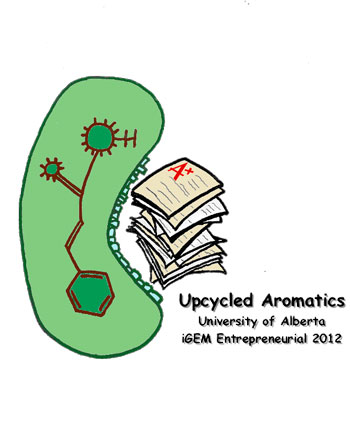Team:Alberta-North-RBI E
From 2012e.igem.org
| Line 14: | Line 14: | ||
!align="center"|[[Team:Alberta-North-RBI_E|Home]] | !align="center"|[[Team:Alberta-North-RBI_E|Home]] | ||
!align="center"|[[Team:Alberta-North-RBI_E/Team|Team]] | !align="center"|[[Team:Alberta-North-RBI_E/Team|Team]] | ||
| - | !align="center"|[[Team:Alberta-North-RBI_E/ | + | !align="center"|[[Team:Alberta-North-RBI_E/Project|Project]] |
| - | !align="center"|[[Team:Alberta-North-RBI_E/ | + | !align="center"|[[Team:Alberta-North-RBI_E/Video|Elevator Pitch Video]] |
| + | !align="center"|[[Team:Alberta-North-RBI_E/Notebook|Notebook]] | ||
| + | !align="center"|[[Team:Alberta-North-RBI_E/Genetics|Genetics]] | ||
| + | !align="center"|[[Team:Alberta-North-RBI_E/Business Plan|Business Plan]] | ||
!align="center"|[[Team:Alberta-North-RBI_E/Source_Data|Source Data]] | !align="center"|[[Team:Alberta-North-RBI_E/Source_Data|Source Data]] | ||
!align="center"|[[Team:Alberta-North-RBI_E/Attributions|Attributions]] | !align="center"|[[Team:Alberta-North-RBI_E/Attributions|Attributions]] | ||
|} | |} | ||
<forum_subtle /> | <forum_subtle /> | ||
Revision as of 00:00, 17 August 2012
|
New developments in synthetic biology have allowed scientists to explore innovative ways of producing important, high-value chemicals from what was once seen as industrial waste. In particular, paper recycling plants, as a byproduct of their operation, produce a waste sludge composed of paper fibres too short for further processing. This is a significant source of potentially exploitable cellulose. Aromatics represent a potentially lucrative chemical endpoint for this cellulose, having high price per unit mass and a sustainable market in both the pharmaceuticals and cosmetics industries. The conversion of this waste into valuable industrial chemicals is a relatively unexplored business opportunity and provides a unique niche which Upcycled Aromatics can fill. Our company’s proposed process has two parts: in the first, cellulose from waste sludge from recycling plants is converted into glucose; in the second, glucose from the first part is used as a feedstock for the production of aromatic chemicals. The cellulose-glucose conversion will be done “on-site”. This glucose will be transported to a central headquarters, where it will be processed into a variety of aromatics for sale. In the glucose-aromatic conversion, we plan to use only a single metabolic pathway with “on and off switches” at each “step”. This gives us the freedom to produce any intermediary compounds in addition to the natural end product. The current proposed pathway will allow us to produce either shikimate or cinnamic acid derivatives using the method described above. Possible switch activators include temperature pH, or the addition of a inhibiting chemical such as phosphate.
<forum_subtle /> |
 "
"
